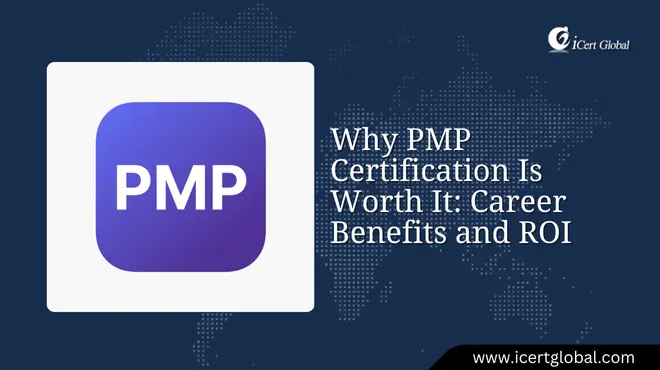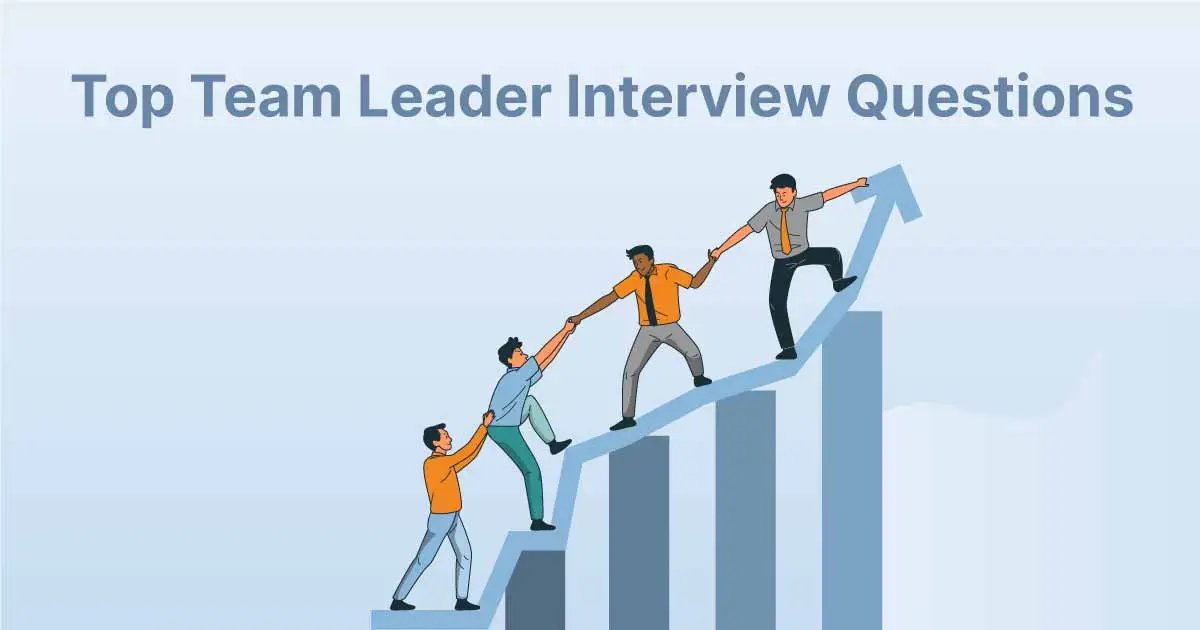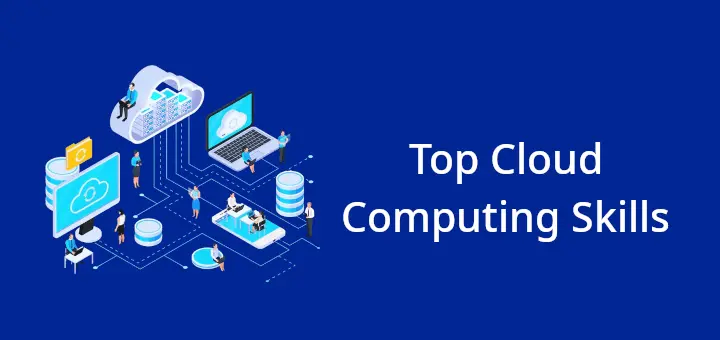Latest Articles
How AI Applies Pattern Recognition in Machine Learning
Machine learning makes possible fascinating technology such as self-driving cars, online shopping suggestions, and anti-...
Best Machine Learning Tools to Enhance Your Skills
Machine Learning in 2025: The Tools You Must Know As we approach 2025, machine learning is going great! New technolog...
Mastering Interpersonal Communication Key Skills Types
What Is Interpersonal Communication? Interpersonal communication is the manner in which individuals exchange their id...
The Bright and Dark Sides of AI What You Need to Know
Research on Artificial Intelligence in Everyday Life With all the commotion regarding AI, robots, and self-driving ca...
The Future of Blockchain is Here
Blockchain - A Secure Technology Blockchain is a powerful technology that has the potential to revolutionize the way ...
From Data to Decisions Descriptive Statistics Explained
What is Statistical Analysis? Statistical analysis is a process of collecting and anal...
Quality Control The Key to Faultless Products
Nowadays, we simply take things for granted and expect them to work properly without even thinking about it. However, ba...
7 Incredible Ways Cloud Computing is Revolutionizing Everything
In the world of computers, the "cloud" is not talking about the white fluffy stuff in the sky—it's r...
Team Leaders Interviewing Guide
Are you applying for a team leader position? To ace a team leader interview, you must possess good leadership qualities ...
10 Unstoppable Reasons to Opt for Big Data
Big Data is omnipresent, and it is really essential to capture and store all the data being generated, so we do not miss...
19 Must Have Cloud Computing Skills for 2025
Cloud computing has rapidly transformed the way companies operate and is now a significant aspect of most industries. As...
15 Powerful Generative AI Tools and Applications for 2025
Today we're going to discuss some of the top Generative AI tools that can assist you with creative blocks. So, let&#...



.jpg)
















